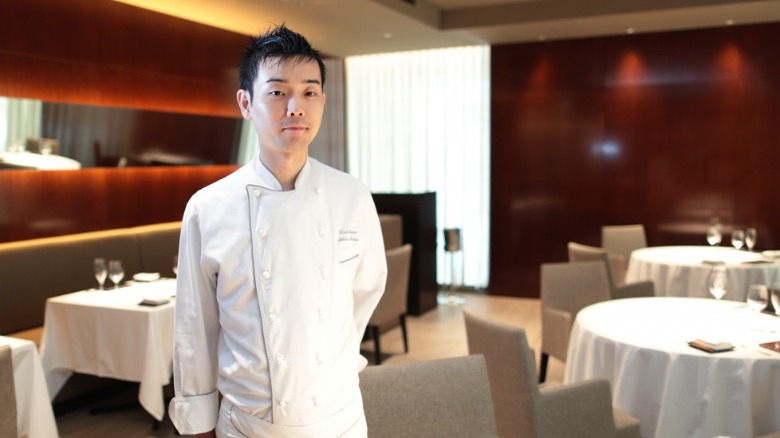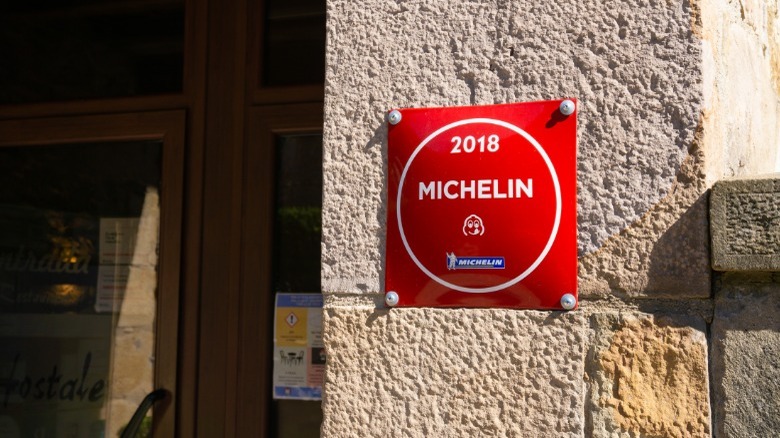Restaurants Are Awarded Michelin Stars By Secret Spies
Have you always wanted to be a spy, but don't think you have what it takes to make it in the FBI or CIA? Instead, you could be a food spy and work undercover for the Michelin Guide, dining in restaurants and evaluating their worthiness for the coveted Michelin stars.
When you think of a food critic, you might imagine a tight-laced and stern person prepared to critique, but official Michelin inspectors — who often eat around 250 meals for the job in a given year — are supposed to act just like any other customer when dining. This is where the spy work comes into play. Because they want to have the same experience a normal diner would, they make no fuss about their presence; in fact, they're encouraged to maintain such a high level of confidentiality that even their nearest and dearest often don't know they're Michelin inspectors. They book a table like anyone else, and proceed to dine and pay like anyone else, too. If they're really good spies, the restaurant will never know they were even there.
How do the inspectors do their evaluations?
The Michelin stars, used by the Michelin Guide and the greater culinary world, highlight restaurants with the best food. When the first Michelin Star ratings were given in 1926, there was actually only one star available. This was later expanded, and by 1931 restaurants could earn up to three stars. According to the Michelin Guide FAQ, one star indicates food that is high-quality and "worth a stop," while three stars mean the food is "worth a special journey."
Inspectors evaluate eateries based on five determining factors: ingredient quality, culinary technique, flavor, the emotions the chef conveys through their food, and consistency within the menu. Because the only thing being evaluated by the inspectors is the food, these factors can be judged in all types of dining environments; staff, service, and location are irrelevant. Tokyo can claim that it's the city with the most Michelin star restaurants in the world, but there are also many Michelin-starred restaurants in small towns and villages.
Becoming an inspector is no easy feat
Unfortunately, becoming a Michelin inspector isn't as simple as just walking into a restaurant off the street. These judges are required to have at least ten years of experience in the food or hotel industries. Naturally, they must also possess the right tasting skills, and they can't allow their personal food biases to interfere with their judging duties. Therefore, this job is not suitable for picky eaters.
Since inspectors travel globally for their taste-tests, they must also be well-versed in various cultures, foods, and culinary practices. Contrary to what some might think, this role is not solitary. While inspectors may dine alone, they make the final star-related decisions as a team, considering all the opinions of the inspectors who visited a particular restaurant throughout the year. One anonymous inspector from Asia revealed that their job involves much more than just tasting the food, saying, "It's not about picking out a nice outfit[,] but memorizing every single detail of the restaurant." Clearly, being an inspector is a challenging job, but it could be incredibly rewarding for those who want a taste of life as a secret spy.



